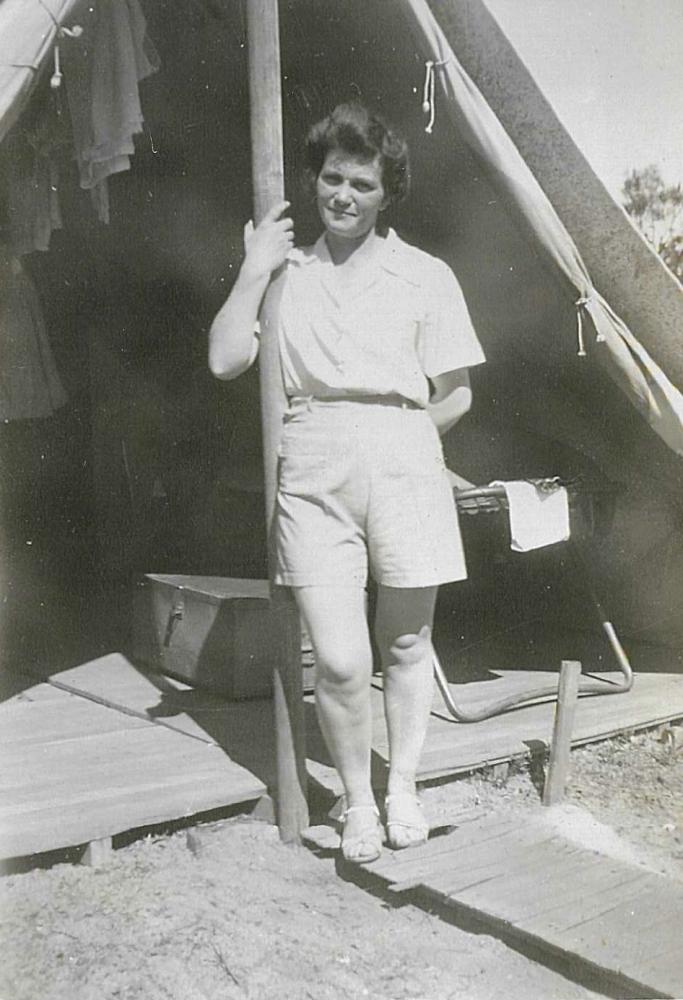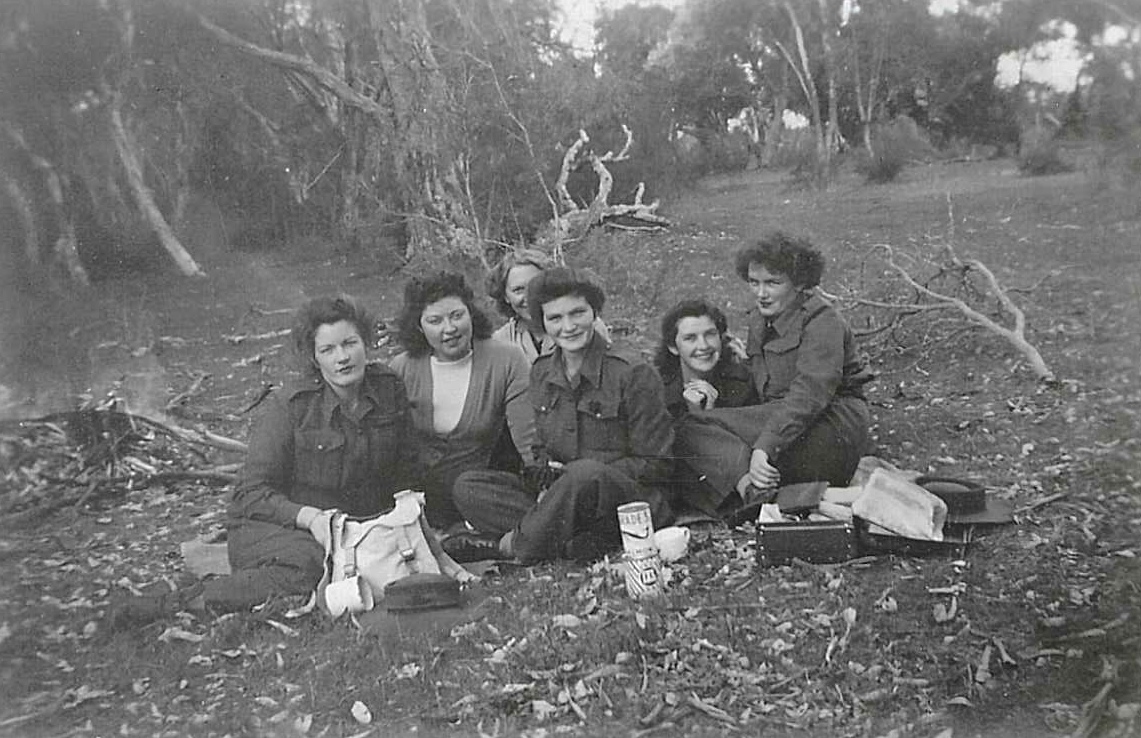
Bibra Lake AWAS Camp. Part 2

In 1941, with the WWII campaign in New Guinea stepping up, Australian servicemen engaged in home defence were needed at the front. The Australian Women’s Army Service was formed that year to put women in non-combative military roles. Along with the traditional driving, typing and cooking, AWAS women were trained in signals, planespotting and other anti-aircraft manoeuvres.
Many anti-aircraft and searchlight batteries were set up throughout Perth
Locations included camps at Jandakot, Naval Base and South Fremantle. Bibra Lake, however, was a regimental headquarters, and housed a large group of military personnel both male and female. Built in 1943 or 44 just north of Hope Road, the camp consisted of pre-fab huts, ablution blocks and an underground command centre.
Local residents remember frequent searchlight drills lighting up the night skies, and many local dairies and market gardens supplied the camp. The AWAS women ran the camp themselves, cooking and cleaning on top of their military duties. Though some were local, others were sent from as far off as Tasmania, going where the service needed them.
The searchlight batteries were dismantled and sold as soon as the war ended, but some recently-discovered remains at Bibra Lake show the extent of this piece of wartime history. They are currently being investigated for heritage listing.
Read another fascinating article on the Bibra Lake AWAS camp: The ruins of Bibra Lake’s history by Jacob Higgins.
See also:
Local history questions or anything to add? Please let us know by commenting below.
This article can also be seen on the Cockburn Libraries’ Local History blog and first appeared in the February 2015 edition of Cockburn Soundings



























